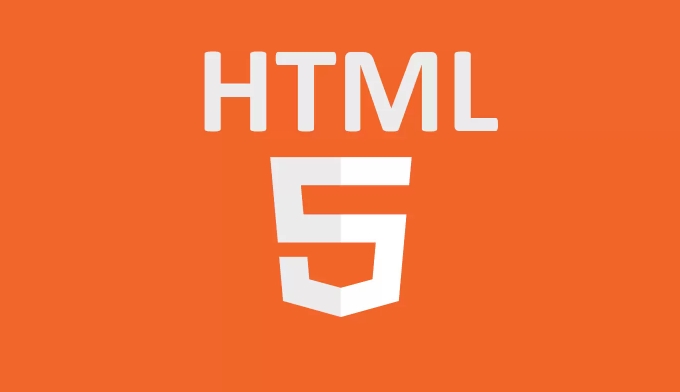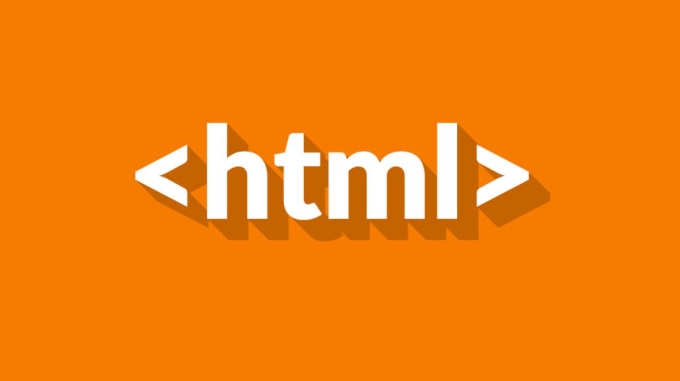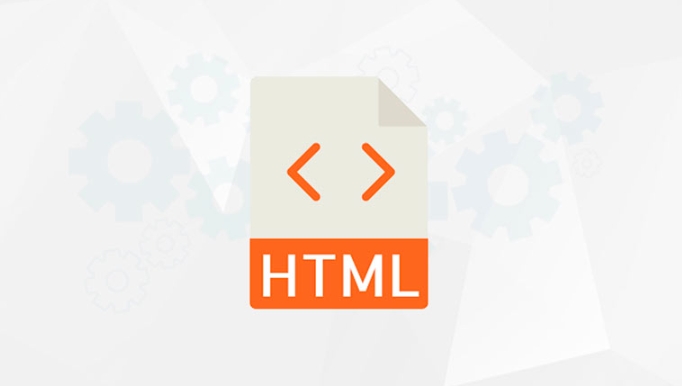The meta title tag is crucial for SEO as it appears in search results and should be under 60 characters, include the primary keyword, and be unique and compelling. 2. The meta description, though not a direct ranking factor, boosts click-through rates when kept between 120–160 characters, includes a call to action, and naturally incorporates the target keyword. 3. The meta robots tag controls indexing and crawling with values like "index, follow" or "noindex, nofollow" to manage thin or duplicate content. 4. The viewport meta tag ensures mobile responsiveness, which is essential for mobile-first indexing and overall SEO performance. 5. Open Graph tags define how content appears on social media platforms, improving shareability and indirectly driving traffic and backlinks. 6. Twitter Cards customize content appearance on X/Twitter, enhancing social engagement with specific image and text formatting. 7. Charset and language tags like UTF-8 and "en" ensure proper text rendering and help search engines identify content language. Always create unique, clear meta tags for each page, avoid keyword stuffing, use tools like Google Search Console for testing, and audit regularly after updates to maintain optimal SEO effectiveness.

Using HTML meta tags effectively can significantly improve your website’s SEO by helping search engines understand your content and decide how to display it in search results. Here’s how to use the most important meta tags for SEO:

1. Meta Title Tag (Title Tag)
Although not technically a meta tag, the <title></title> tag is one of the most critical elements for SEO and appears in the section of your HTML.
<title>Best Coffee Shops in Seattle – Local Guide 2024</title>
- Why it matters: This is the main text search engines use in results. It should clearly describe the page.
- Best practices:
- Keep it under 60 characters to avoid truncation.
- Include your primary keyword near the beginning.
- Make it unique and compelling for each page.
- Avoid keyword stuffing or generic titles like "Home."
2. Meta Description
The meta description summarizes the page content and appears under the title in search results.

<meta name="description" content="Discover the top-rated coffee shops in Seattle with cozy vibes, great brews, and local favorites. Updated for 2024.">
- Why it matters: While not a direct ranking factor, a good description improves click-through rates (CTR).
- Best practices:
- Keep it between 120–160 characters.
- Use active language and include a call to action (e.g., “Learn more,” “Find out why”).
- Include the target keyword naturally.
- Write unique descriptions for each page.
3. Meta Robots
This tag tells search engines how to crawl and index your page.
<meta name="robots" content="index, follow">
Common values:

index, follow– Let search engines index the page and follow links (default behavior).noindex, follow– Don’t show the page in results, but follow links on it.index, nofollow– Index the page, but don’t follow links.noindex, nofollow– Don’t index and don’t follow links.
Use this when you want to block thin content, admin pages, or duplicate pages from appearing in search.
4. Viewport Meta Tag (for Mobile SEO)
<meta name="viewport" content="width=device-width, initial-scale=1.0">
- Why it matters: Google uses mobile-first indexing. A responsive design improves user experience and SEO.
- This tag ensures your site scales properly on all devices.
- Not directly a content meta tag, but essential for ranking well.
5. Open Graph Tags (Social SEO)
While not used by search engines directly, Open Graph tags control how your page appears when shared on social media, which can indirectly boost traffic and visibility.
<meta property="og:title" content="Best Coffee Shops in Seattle"> <meta property="og:description" content="Local guide to Seattle's top coffee spots."> <meta property="og:image" content="https://example.com/coffee-seattle.jpg"> <meta property="og:url" content="https://example.com/seattle-coffee">
- Helps your content look professional when shared on Facebook, LinkedIn, etc.
- Better engagement on social platforms can lead to more backlinks and traffic.
6. Twitter Cards (for X/Twitter)
Similar to Open Graph, but specific to Twitter/X.
<meta name="twitter:card" content="summary_large_image"> <meta name="twitter:title" content="Best Coffee Shops in Seattle"> <meta name="twitter:description" content="Local guide to Seattle's top coffee spots."> <meta name="twitter:image" content="https://example.com/coffee-seattle.jpg">
7. Charset and Language Tags
<meta charset="UTF-8"> <meta name="language" content="en">
- Ensures proper text rendering.
- Helps search engines identify the language of your content.
Final Tips
- Always write unique meta tags for each page.
- Prioritize clarity and relevance over keyword stuffing.
- Use tools like Google Search Console to test how your pages appear in search.
- Regularly audit meta tags, especially after site updates.
Basically, good meta tags won’t magically rank you higher, but they make your site more understandable to search engines and more appealing to users — which is half the battle.
The above is the detailed content of How to use HTML meta tags for SEO. For more information, please follow other related articles on the PHP Chinese website!

Hot AI Tools

Undress AI Tool
Undress images for free

Undresser.AI Undress
AI-powered app for creating realistic nude photos

AI Clothes Remover
Online AI tool for removing clothes from photos.

Clothoff.io
AI clothes remover

Video Face Swap
Swap faces in any video effortlessly with our completely free AI face swap tool!

Hot Article

Hot Tools

Notepad++7.3.1
Easy-to-use and free code editor

SublimeText3 Chinese version
Chinese version, very easy to use

Zend Studio 13.0.1
Powerful PHP integrated development environment

Dreamweaver CS6
Visual web development tools

SublimeText3 Mac version
God-level code editing software (SublimeText3)
 Applying Semantic Structure with article, section, and aside in HTML
Jul 05, 2025 am 02:03 AM
Applying Semantic Structure with article, section, and aside in HTML
Jul 05, 2025 am 02:03 AM
The rational use of semantic tags in HTML can improve page structure clarity, accessibility and SEO effects. 1. Used for independent content blocks, such as blog posts or comments, it must be self-contained; 2. Used for classification related content, usually including titles, and is suitable for different modules of the page; 3. Used for auxiliary information related to the main content but not core, such as sidebar recommendations or author profiles. In actual development, labels should be combined and other, avoid excessive nesting, keep the structure simple, and verify the rationality of the structure through developer tools.
 Implementing Clickable Buttons Using the HTML button Element
Jul 07, 2025 am 02:31 AM
Implementing Clickable Buttons Using the HTML button Element
Jul 07, 2025 am 02:31 AM
To use HTML button elements to achieve clickable buttons, you must first master its basic usage and common precautions. 1. Create buttons with tags and define behaviors through type attributes (such as button, submit, reset), which is submitted by default; 2. Add interactive functions through JavaScript, which can be written inline or bind event listeners through ID to improve maintenance; 3. Use CSS to customize styles, including background color, border, rounded corners and hover/active status effects to enhance user experience; 4. Pay attention to common problems: make sure that the disabled attribute is not enabled, JS events are correctly bound, layout occlusion, and use the help of developer tools to troubleshoot exceptions. Master this
 Configuring Document Metadata Within the HTML head Element
Jul 09, 2025 am 02:30 AM
Configuring Document Metadata Within the HTML head Element
Jul 09, 2025 am 02:30 AM
Metadata in HTMLhead is crucial for SEO, social sharing, and browser behavior. 1. Set the page title and description, use and keep it concise and unique; 2. Add OpenGraph and Twitter card information to optimize social sharing effects, pay attention to the image size and use debugging tools to test; 3. Define the character set and viewport settings to ensure multi-language support is adapted to the mobile terminal; 4. Optional tags such as author copyright, robots control and canonical prevent duplicate content should also be configured reasonably.
 Best HTML tutorial for beginners in 2025
Jul 08, 2025 am 12:25 AM
Best HTML tutorial for beginners in 2025
Jul 08, 2025 am 12:25 AM
TolearnHTMLin2025,chooseatutorialthatbalanceshands-onpracticewithmodernstandardsandintegratesCSSandJavaScriptbasics.1.Prioritizehands-onlearningwithstep-by-stepprojectslikebuildingapersonalprofileorbloglayout.2.EnsureitcoversmodernHTMLelementssuchas,
 HTML for email templates tutorial
Jul 10, 2025 pm 02:01 PM
HTML for email templates tutorial
Jul 10, 2025 pm 02:01 PM
How to make HTML mail templates with good compatibility? First, you need to build a structure with tables to avoid using div flex or grid layout; secondly, all styles must be inlined and cannot rely on external CSS; then the picture should be added with alt description and use a public URL, and the buttons should be simulated with a table or td with background color; finally, you must test and adjust the details on multiple clients.
 How to associate captions with images or media using the html figure and figcaption elements?
Jul 07, 2025 am 02:30 AM
How to associate captions with images or media using the html figure and figcaption elements?
Jul 07, 2025 am 02:30 AM
Using HTML sums allows for intuitive and semantic clarity to add caption text to images or media. 1. Used to wrap independent media content, such as pictures, videos or code blocks; 2. It is placed as its explanatory text, and can be located above or below the media; 3. They not only improve the clarity of the page structure, but also enhance accessibility and SEO effect; 4. When using it, you should pay attention to avoid abuse, and apply to content that needs to be emphasized and accompanied by description, rather than ordinary decorative pictures; 5. The alt attribute that cannot be ignored, which is different from figcaption; 6. The figcaption is flexible and can be placed at the top or bottom of the figure as needed. Using these two tags correctly helps to build semantic and easy to understand web content.
 What are the most commonly used global attributes in html?
Jul 10, 2025 am 10:58 AM
What are the most commonly used global attributes in html?
Jul 10, 2025 am 10:58 AM
class, id, style, data-, and title are the most commonly used global attributes in HTML. class is used to specify one or more class names to facilitate style setting and JavaScript operations; id provides unique identifiers for elements, suitable for anchor jumps and JavaScript control; style allows for inline styles to be added, suitable for temporary debugging but not recommended for large-scale use; data-properties are used to store custom data, which is convenient for front-end and back-end interaction; title is used to add mouseover prompts, but its style and behavior are limited by the browser. Reasonable selection of these attributes can improve development efficiency and user experience.
 How to handle forms submission in HTML without a server?
Jul 09, 2025 am 01:14 AM
How to handle forms submission in HTML without a server?
Jul 09, 2025 am 01:14 AM
When there is no backend server, HTML form submission can still be processed through front-end technology or third-party services. Specific methods include: 1. Use JavaScript to intercept form submissions to achieve input verification and user feedback, but the data will not be persisted; 2. Use third-party serverless form services such as Formspree to collect data and provide email notification and redirection functions; 3. Use localStorage to store temporary client data, which is suitable for saving user preferences or managing single-page application status, but is not suitable for long-term storage of sensitive information.






